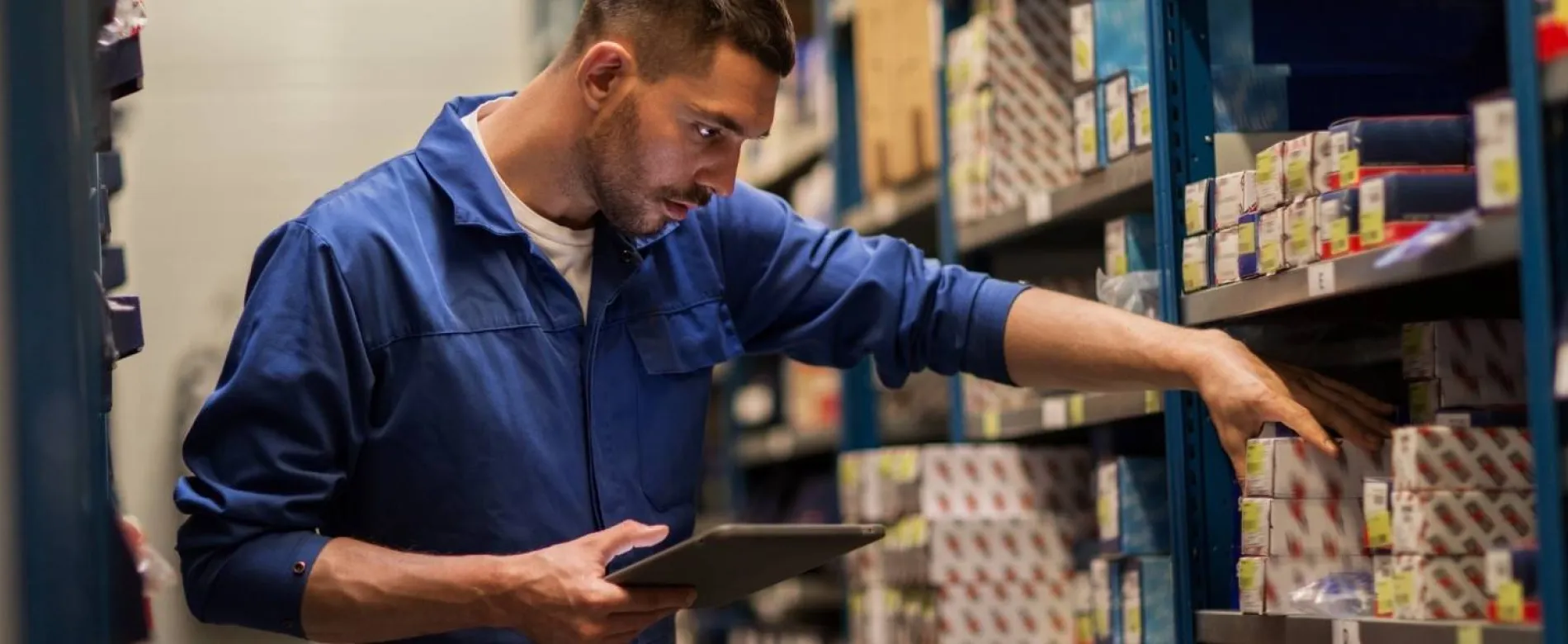Top three warehouse challenges
We are all in the business of making warehouses more efficient and cost-effective working environments. As a result we’re familiar with the common warehouse challenges faced by warehouse managers the world over. In this blog we thought we’d identify the top three warehouse challenges and how technology can be used to overcome them.
Warehouse Challenge No. 1: Data Accuracy
The operations and effectiveness of any warehouse is only as good as the data that underpins the running of it. With incorrect data, warehouse managers are going to forever be counting the cost of lost pallets, mis-picks, missed deliveries and wasted time.
Ensuring data is accurate, particularly in large scale warehouse operations, will require some form of automation. While this may incur costs, the reliability of the data and time saved by not having to correct errors will ensure it pays for itself.
Warehouse Challenge No. 2: Manual Processes
One of the main reasons for data inaccuracy is the reliance on manual data collection processes. For instance, having the driver of your truck scan his load and drop-off location. These interactions run the risk of incorrect data being entered but also eat up a lot of time in your driver’s day.
Incorporating an automated system in these instances will not only deliver accurate data but also enable drivers to forget about scanning and concentrate on driving, thereby increasing the productivity within the warehouse.
Warehouse Challenge No. 3: Warehouse Layout
It doesn’t sound like it should have that much of an impact, but the layout and positioning of things like pallets and racking has a great impact on warehouse efficiency. Think about it: If the goods in your warehouse can be moved to positions close to where logically fit into an order process, you’re saving time.
Equally, your drivers will be less inclined to take risky shortcuts to keep up with their targets.
By using an automated, real-time system, you can see the journeys your drivers make and how long their actions take to complete. Aside from the added benefit of increasing driver accountability, it allows you to see where you can improve the efficiency of your warehouse simply by adjusting the layout.

